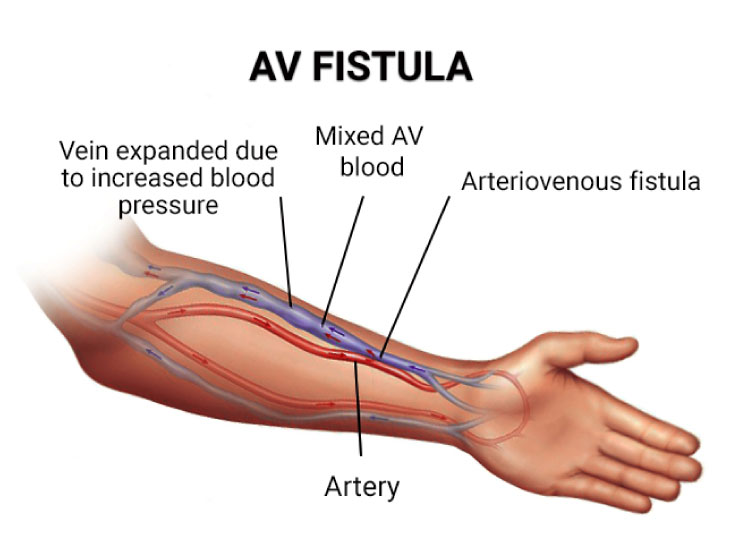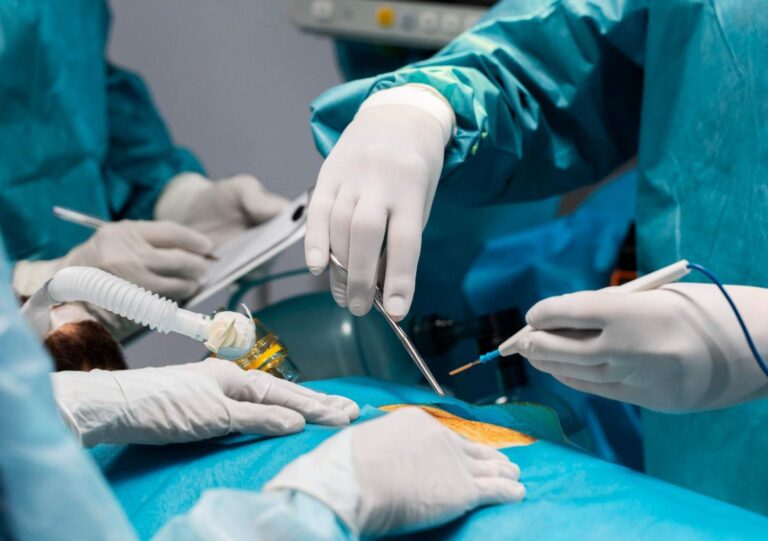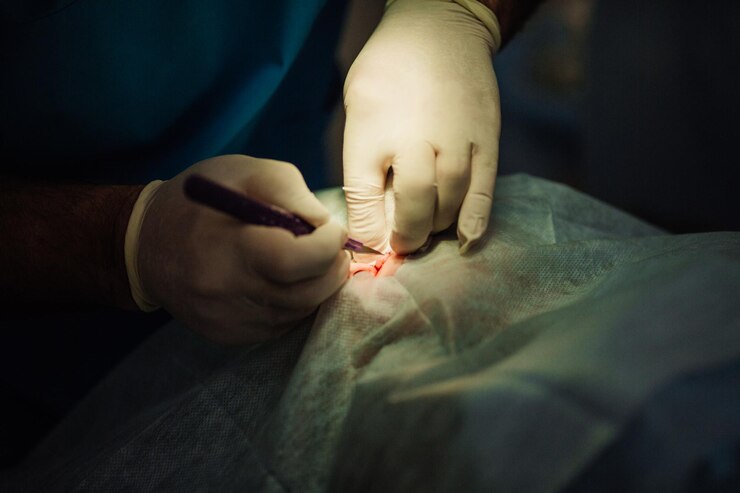Understanding Fissure Surgery: Causes, Procedures, and Recovery.
Anal fissures can be a painful and debilitating condition, affecting individuals of all ages. While many cases can be managed with conservative treatments, some may require surgical intervention. Fissure surgery aims to alleviate the discomfort associated with chronic anal fissures and promote healing. In this article, we will delve into the causes of anal fissures, explore various fissure surgery procedures, and discuss the recovery process.
To Know More About it Please Click Here
Causes of Anal Fissures:
Anal fissures are small tears or cuts in the lining of the anal canal, often caused by trauma during bowel movements. Common causes include:
- Hard Stool: Passing hard or large stools can lead to tears in the delicate tissue of the anus.
- Chronic Constipation or Diarrhea: Persistent bowel irregularities can strain the anal canal, making it more susceptible to fissures.
- Inflammatory Bowel Disease (IBD): Conditions such as Crohn’s disease or ulcerative colitis can contribute to the development of anal fissures.
- Anal Trauma: Injury or trauma to the anal area, such as childbirth or anal intercourse, can result in fissures.
Conservative Treatments:
Before considering surgery, healthcare providers typically recommend conservative treatments to manage anal fissures. These may include:
- Dietary Changes: Increasing fiber intake and staying hydrated can soften stools, making them easier to pass.
- Topical Medications: Ointments or creams containing nitroglycerin, calcium channel blockers, or topical anesthetics can help relax the anal sphincter and promote healing.
- Sitz Baths: Soaking the anal area in warm water can alleviate pain and improve blood flow.
Fissure Surgery Procedures:
When conservative measures fail to provide relief, surgery becomes a viable option. There are several surgical procedures designed to treat anal fissures, including:
- Lateral Internal Sphincterotomy (LIS): This common procedure involves cutting a small portion of the internal anal sphincter muscle to reduce spasms and improve blood flow, allowing the fissure to heal.
- Advancement Flap Repair: In this technique, a flap of tissue is created from the rectal lining and placed over the fissure to promote healing.
- Botulinum Toxin Injection: Botulinum toxin, commonly known as Botox, can be injected into the anal sphincter to relax the muscle and facilitate healing.
Recovery Process:
Recovery after fissure surgery varies depending on the procedure performed. However, some general guidelines include:
- Pain Management: Patients may experience discomfort for a few days to weeks post-surgery. Pain medications and sitz baths can help alleviate pain.
- Dietary Modifications: Maintaining a high-fiber diet and staying hydrated are crucial for preventing constipation and promoting healing.
- Follow-up Care: Regular follow-up appointments with healthcare providers are essential to monitor healing progress and address any concerns.
Conclusion:
Fissure surgery can provide much-needed relief for individuals suffering from chronic anal fissures that do not respond to conservative treatments. While surgery may be necessary in some cases, it is essential to explore non-invasive options first. Anyone experiencing symptoms of anal fissures should consult with a healthcare professional to determine the most appropriate course of treatment for their specific condition.
For any further queries, Plz visit drdhruvkundra.com or you can check our social media accounts, Facebook, YouTube, Twitter







